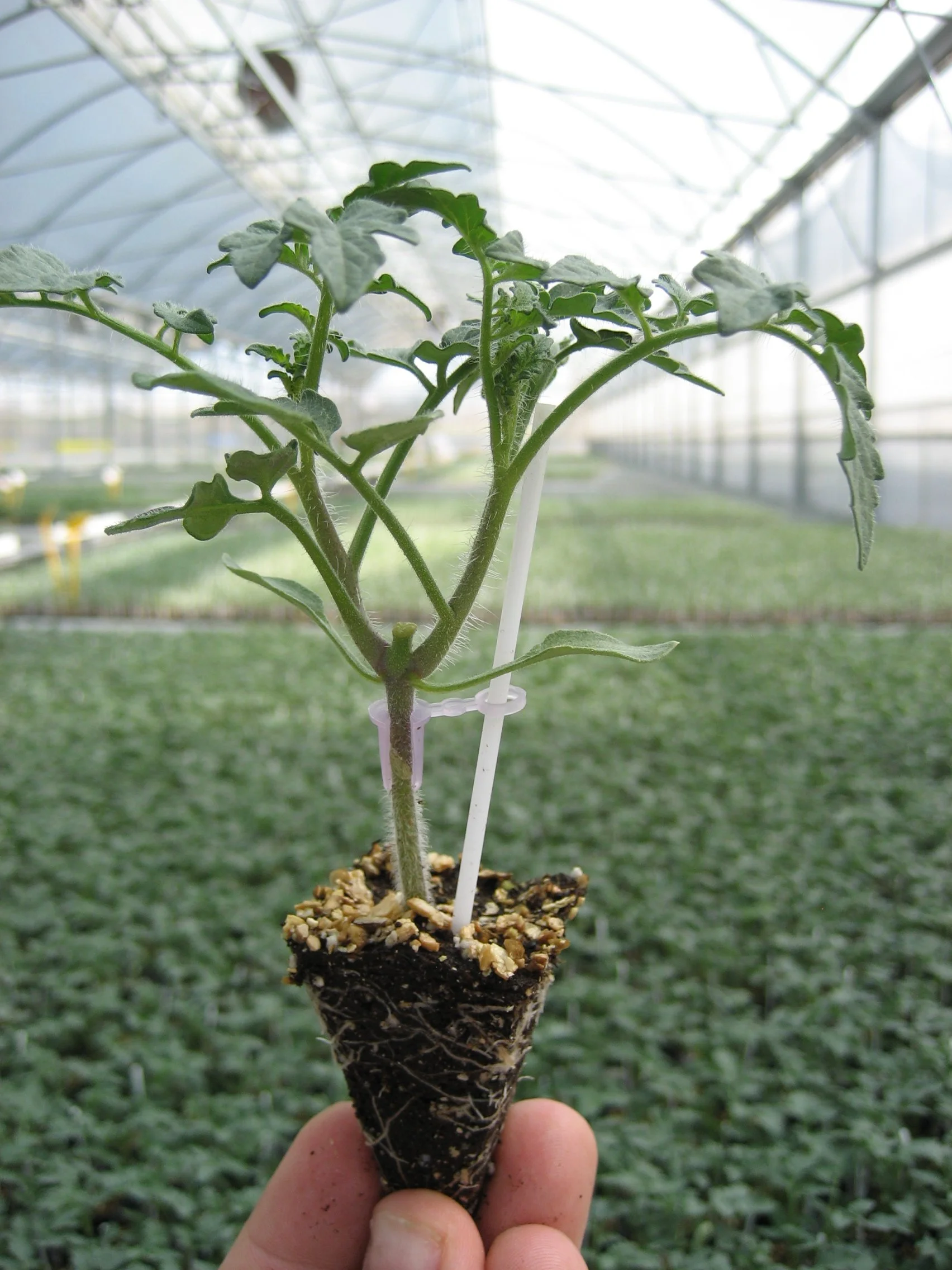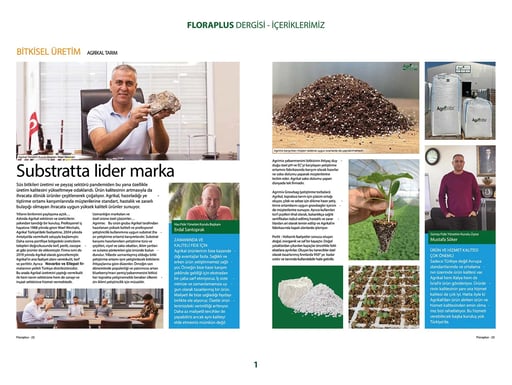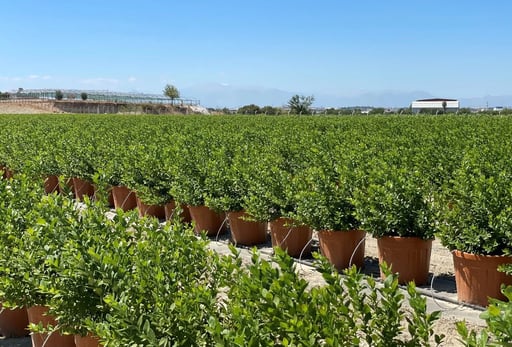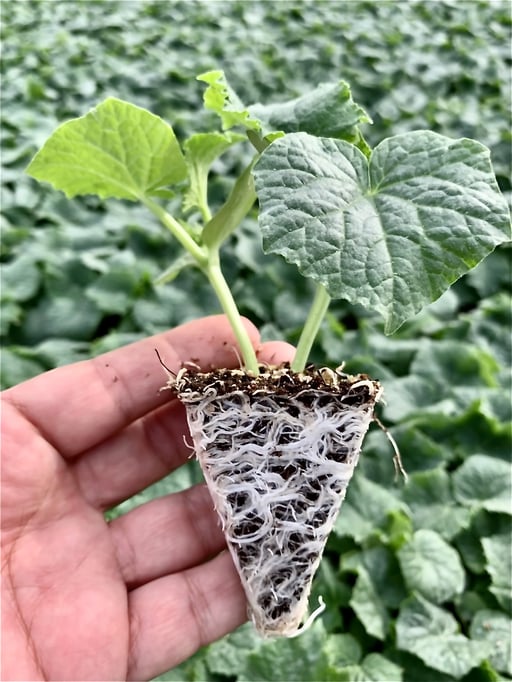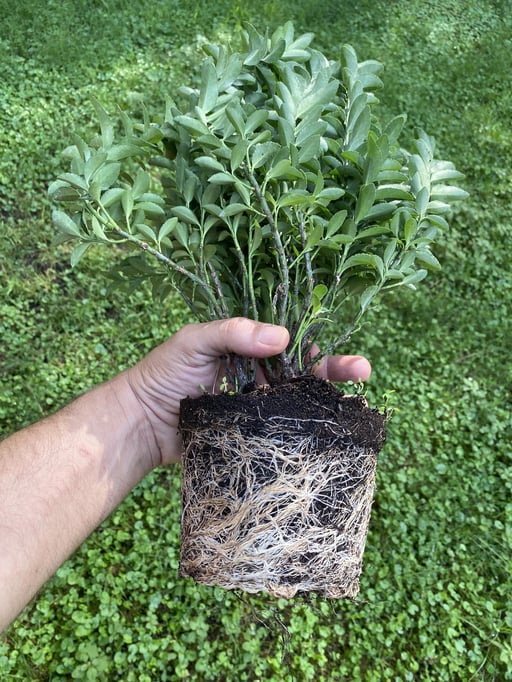Grafting, a technique that began in East Asia in the 1920s, is used to produce disease-resistant and physically robust plants.
The process involves cutting the scion (the upper part of the plant) and the rootstock (the root section) at specific points and joining them.
Introduced to Europe in the 20th century, grafting quickly spread across the continent and became a preferred method.
Nurseries grow both scion and rootstock seedlings separately. Scions are selected based on desired traits like shape, taste, and shelf life, while rootstocks are chosen for germination efficiency and ease of cultivation.
When seedlings are ready for grafting, the rootstock is cut just above one or two leaves (to sustain photosynthesis). The scion is then cut and attached to the rootstock. Silicone, polypropylene, or rubber clips secure the union.
Grafted seedlings are moved to sterile, temperature- and humidity-controlled healing chambers for 3–4 days. Afterward, they are transferred to greenhouses for at least 3 weeks of monitored growth before delivery to farmers.
Demand for grafted seedlings has surged since methyl bromide soil disinfection was banned due to greenhouse gas emissions. Grafted plants thrive in harsh conditions and offer greater resilience.
Advantages of Grafted Seedlings:
-
Enhanced disease resistance.
-
Higher yield per plant.
-
Improved economic efficiency.



